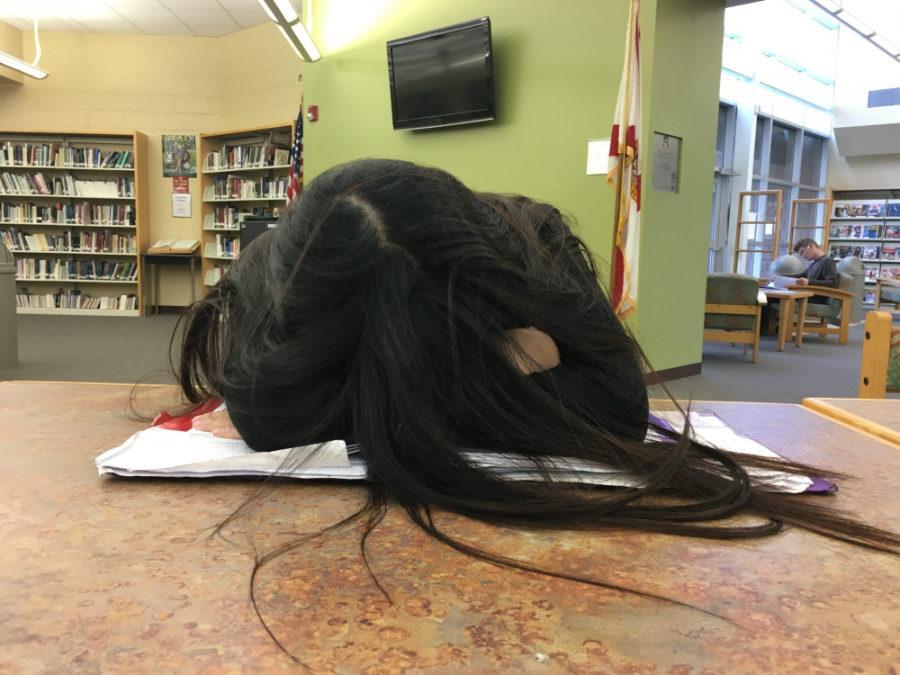AMERICA’S FLAWED EDUCATION SYSTEM
Lack of motivation persists in school as a result of the flaws in America’s education system.
March 29, 2017
Schooling is a vital method in progressing the future to come, but the American education system has a multitude of deficiencies that prohibit the flourishing of many students. Rather than allowing students to discover their strengths, the structure of the system often accentuates their weaknesses, resulting in the loss of motivation in learning for students.
Every school year, students are obligated to take a class in each of the four core subjects: mathematics, language arts, science, and social studies. Although it is pivotal to expand the knowledge of students in each area, the system fails to realize that academic capabilities and aptitudes vary within each individual. Therefore, students are being required to take classes that they may not excel in or have any interest in, culminating in a degradation of confidence in the student.
Difficulty in comprehending a particular subject can institute ill feelings in a student. They may feel as if they are not as competent or intelligent as their fellow peers, affecting their dedication and motivation to do well in school. The love for learning has diminished as a result of the standards placed on students to master all of their classes.
“Some students thrive on competing for higher grades and it can be wonderfully motivating for these students,” said Mrs. Nicole Broder. “However, the expectation that all students should get As all the time can place a lot of pressure on students. When forced to feel that they are in competition with other students, some may feel very discouraged if they don’t achieve the same levels of success. If students constantly feel like they’re not measuring up, it may cause them to just give up and not try as hard.”
Lack of interest in education endures among the student population, but it’s not the only aspect of education that is plummeting. The United States is mediocre in its education compared to other countries. A cross-national test called The Programme for International Student Assessment (PISA) demonstrated in its 2015 results that the U.S. ranks 38th in math and 24th in science out of 71 countries.
Finland is a country that is widely known for its prosperous education system. The same school curriculum is applied to all students and therefore, does not favor the more gifted students or disregard the less-capable. Fewer school hours and classes are spent during the day and standardized testing is only given at the age of 16, allowing students to get more rest and more in-depth lessons. In result, Finland has ranked far above the international average on PISA.
The education system of the U.S. should be modified to the point where students do not feel the need to compare themselves to other students. Standardized testing and different levels of classes are the root of the lack of confidence among students who feel the need to strive to outshine their peers in academics.
In addition, schools should place more emphasis on the arts rather than focusing on the common, traditional subjects that have been endowed since the American education system was established. Studies show that the arts are correlated to a higher understanding of academic subjects and higher scores on standardized tests.
Furthermore, the arts expose students to art and culture which stimulates their development and allows the youth to communicate and convey their emotions in their craft.
“The arts are a huge part of our nation’s culture,” said junior Lauren Parquette. “It allows [students] to express all of these emotions they’re feeling while also not having the pressure of being themselves totally. In a weird way, it’s cathartic and truly art.”
The love for learning has dwindled as a result of the many flaws in America’s education system. In order to persevere in the future and to secure the American population, the system needs a considerable amount of renovations.
























